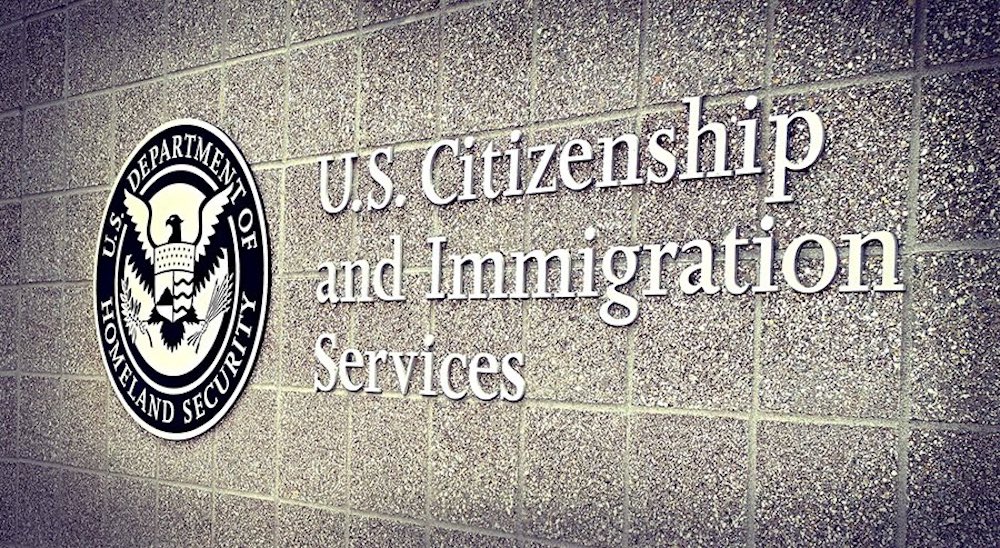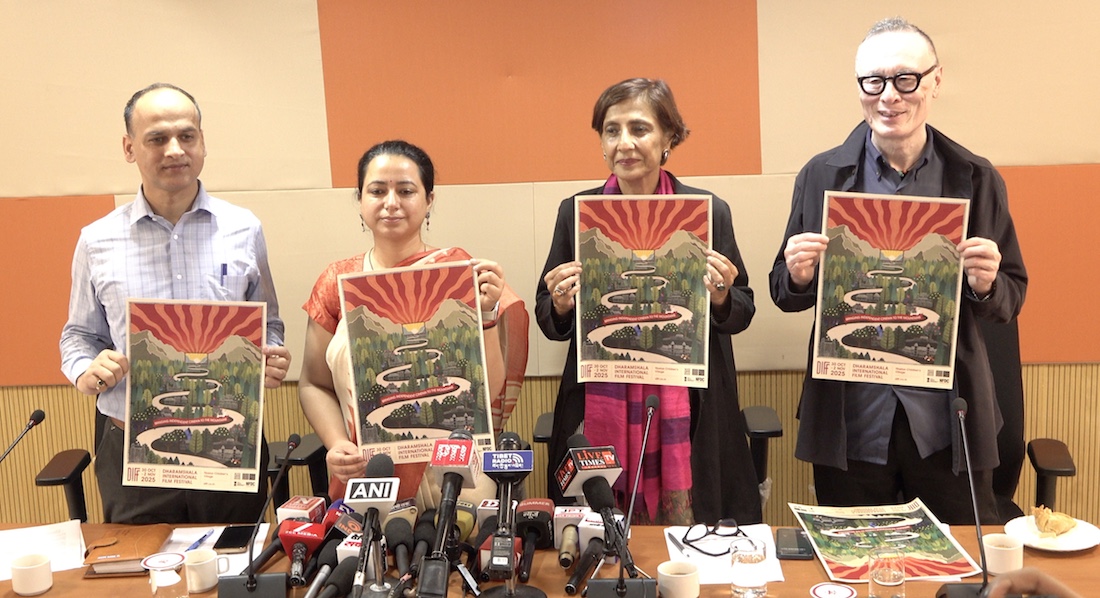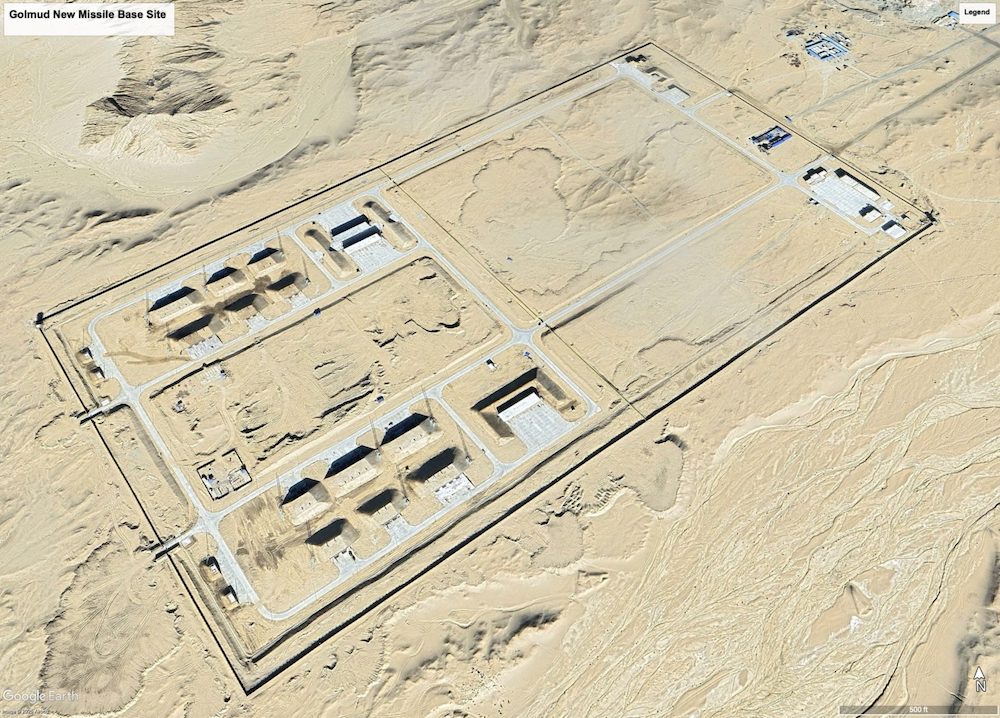 Claude Arpi is an expert on the history of Tibet, China and the subcontinent. He was born in Angoulême, France. After graduating from Bordeaux University in 1974, he decided to live in India and settled in the South where he is still staying with his Indian wife and young daughter. He is the author of numerous English and French books including ‘The Fate of Tibet,’ ‘La Politique Française de Nehru: 1947-1954,’ ‘Born in Sin: the Panchsheel Agreement’ and ‘India and Her Neighbourhood.’ He writes regularly on Tibet, China, India and Indo-French relations. In the present article, he contrasts the growing recognition of the Dalai Lama with the plight of the Tibetans under China.
Claude Arpi is an expert on the history of Tibet, China and the subcontinent. He was born in Angoulême, France. After graduating from Bordeaux University in 1974, he decided to live in India and settled in the South where he is still staying with his Indian wife and young daughter. He is the author of numerous English and French books including ‘The Fate of Tibet,’ ‘La Politique Française de Nehru: 1947-1954,’ ‘Born in Sin: the Panchsheel Agreement’ and ‘India and Her Neighbourhood.’ He writes regularly on Tibet, China, India and Indo-French relations. In the present article, he contrasts the growing recognition of the Dalai Lama with the plight of the Tibetans under China.
In ancient Rome, at the end of each year, one used to speak of either an Annus horribilis (a horrible Year) or an Annus mirabilis (a Year of Wonder).
The year 2007 seems to have been a combination of both mirabilis and horribilis for another leader, the Dalai Lama, and his Tibetan cause.
The wonders first.
In October, as the 17th National Congress of the Communist Party of China geared up for its grand finale, in another Congress, on Capitol Hill in Washington DC, Tenzin Gyatso, the Fourteenth Dalai Lama was awarded the Congressional Gold Medal by the House Speaker Nancy Pelosi, as President George W Bush and his wife looked on.
“He [the Dalai Lama] has used his position to promote wisdom, compassion, and non-violence as a solution — not only in Tibet — but to other world conflicts,” declared Pelosi, who never misses a chance to speak about China’s human rights record. “The United States must continue to be committed to meet the challenge that Tibet makes to the conscience of the world.”
This was the first time that President Bush had agreed to appear in public with the Dalai Lama (though he had been ‘privately’ received in the White House in the past). “More than ever before, the leadership in Beijing will have an unfiltered, undiluted opportunity to hear the message of His Holiness,” declared Lodi Gyari, the Dalai Lama’s special envoy for the negotiations between Dharamsala and Beijing.
As expected, Chinese Foreign ministry spokesman Liu Jianchao reacted sharply. “The Chinese government strongly opposes the US Congress giving the Dalai Lama a so-called award.” But though the Chinese government urged the US not to go ahead with the ‘extremely erroneous arrangements’, an official visit to China of Robert Gates, the Secretary of Defence, scheduled a week later was not cancelled. Business is business!
In fact, 2007 probably saw the Tibetan leader being received publicly by more heads of state than earlier.
On June 15, the then Australian Prime Minister John Howard met him in Sydney while the Tibetan pontiff was on an 11-day tour of the country. In September, German Chancellor Angela Merkel decided to defy Chinese threats and the advice of some of her colleagues, and received the Dalai Lama in Berlin. Once again, Beijing frowned and screamed, but the lady was courageous enough to tell them to mind their own business: she could invite whomever she wanted in her own country.
An Israeli newspaper promptly nominated her ‘Man of the Year,’ saying: “the leader of a center-right party was revealed in 2007 in all her stature as the high priestess of human rights everywhere… Like every country, Germany has economic interests in its relations with other countries, especially with Russia and China… Nevertheless, these interests do not blind the chancellor.”
“A government’s foreign and defence policy must be based on values and not interests,” Merkel told the Bundestag. And showed other political leaders, (including her dynamic neighbour and French President Nicolas Sarkozy) that it was possible to officially receive the Dalai Lama without being scared of China’s threats.
A few days later, the Dalai Lama met Alfred Gusenbauer, the Austrian Chancellor in Vienna. And after the Capitol Hill function, he was received by Stephen Harper, the Canadian Prime Minister in Ottawa.
The Tibetan Diaspora in Dharamsala, Himachal Pradesh where the Dalai Lama resides, and elsewhere in the world is obviously jubilant.
But on December 10, the 59th International Human Rights Day, the Tibetan Centre for Human Rights and Democracy (TCHRD) had this chilling message: “In the past eleven months, the human rights and freedom of Tibetans in Tibet have witnessed an unprecedented beating at the hands of Chinese authorities.”
Though awarded the 2008 Olympics Games, Beijing continues to practice a systematic denial of human rights to the Tibetan people (and often the Chinese). A few examples will highlight the dichotomy between the growing popularity of the Dalai Lama and the worsening situation in Tibet.
On January 1, a set of “Measures for the Regulation on Religious Affairs” was promulgated by the 11th Standing Committee of the Tibetan Autonomous Region. In March, this was used to ban Tibetan Communist Party members and civil servants in Lhasa from visiting temples. Why? Because the National People’s Congress and the Chinese People’s Political Consultative Conference was being held in Beijing at that time.
According to TCHRD, “(officials) were issued stark warning of facing expulsion and dismissal, if they prayed at Buddhist temples in the Capital.”
The tragicomedy was revived on May 17, when the Communist government in Beijing decided to implement the “Measures on the Management of the Reincarnation of Living Buddhas in Tibetan Buddhism”. The Dalai Lama was the main target; it was Beijing’s way of responding to the growing popularity of the Tibetan leader.
Article 2 of “Measures…” explains their purpose: “Reincarnating living Buddhas should respect and protect the principles of the unification of the State, protecting the unity of the minorities, protecting religious concord and social harmony, and protecting the normal order of Tibetan Buddhism. (They)… may not re-establish feudal privileges, which have already been abolished.”
It makes an even more pointed reference at the Nobel Peace Prize laureate: “Reincarnating living Buddhas shall not… be under the dominion of any foreign organisation or individual.” The 14 articles of the “Measures…” describe in great detail how “reincarnating living Buddhas should follow application and approval procedures.”
From September 1, the party and its religious department took over the monopoly over the selection. On July 19, the Public Security Bureau (PSB) of Nagchuka County arrested two elderly women — Odho and Apha Bomo. Their crime: Asking for the release an imprisoned Tibetan called Tenzin Delek Rinpoche. This reincarnate Lama from Lithang in Kham Province was arrested in 2002 and charged with alleged involvement in a series of bomb blasts. He was later condemned to death without proper trial. Despite several campaigns for his release, he is still in jail without proper trial.
On August 1, a Tibetan nomad chief called Runggyal Adak spoke on the occasion of the annual horse race festival in Lithang, Eastern Tibet. He dared to criticise the lack of religious freedom in Tibet and asked for the Dalai Lama’s return. He was immediately arrested.
Within days, hundreds of Tibetans staged a protest around the police station where Adak was detained, and the authorities had to rush additional contingents of People’s Armed Police (PAP) to check the situation. Finally some local Tibetan leaders urged the nomads to leave in order to avoid a bloodbath.
According to the Hong Kong-based Information Centre for Human Rights and Democracy, Runggyal Adak was prosecuted for ‘masterminding’ the ‘August 1 incident’ and ‘inciting to subvert State power’. On November 20, he was convicted to eight years imprisonment.
Subsequently a purge of the local leadership started in several Tibetan counties. Tibetan officials were replaced by Chinese. Incidents of People’s Armed Police (PAP) destroying statues of the Buddha or Guru Padmasambhava have also been reported.
As a consequence to the Lithang incident, in September the Chinese authorities started a “Patriotic Education Campaign” in Eastern Tibet. Those who did not obey were jailed. All this is happening in the country, which was given the task to organize the next Olympics.
When the Dalai Lama received the Gold Medal in the Washington, the Chinese authorities, recalling the massive demonstrations of 1987, deployed the PAP in several strategic monasteries.
Another incident of shooting at Tibetans fleeing to Nepal through the Nangpa Pass was reported on October 18; nine have gone missing and four were arrested from the original group of 46 Tibetans.
The Chinese government’s announcement strikes primarily at the current negotiations which the Tibetans started with China in 2002 (six rounds have been held so far) and more particularly at the ‘genuine autonomy’ envisaged by the Dalai Lama. But can there be any autonomy if even the innermost traditions are controlled by the party and its leadership?
A recent report released by the Tibetan Administration in Dharamsala lists hundreds of other issues such as the forced changes in the lifestyle of the nomads, the poor state of education, unemployment and social exclusion, the urban inequalities, the damming of rivers in Tibet (Brahmaputra is one of them), the extraction of natural resources or the collateral of tourism on the roof of the World (38 lakh visitors in 2007).
Which brings us back to the original question: As far as the Dalai Lama is concerned, was 2007 an Annus Mirabilis or an Annus Horibilis?
The views expressed in the article are the author’s and not of Sify.com.
By the same author: Burma’s freedom cry | India-China: Imperfect harmony | Kissinger, China, and Indian amnesia









